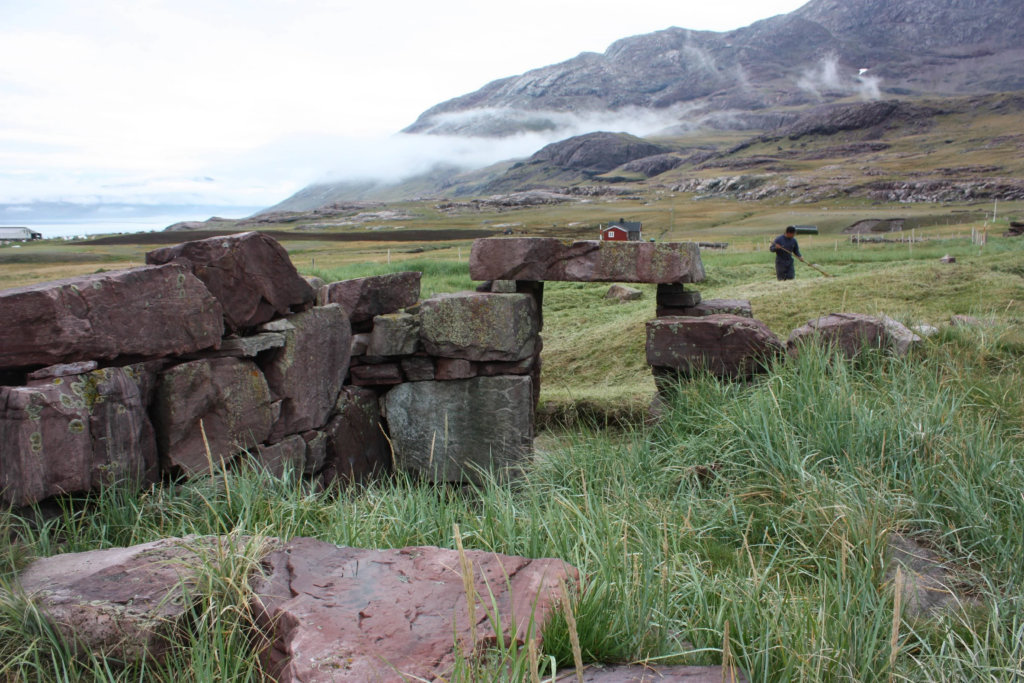Introduction: Strategic Moves in the Arctic
Denmark has announced a significant $1.5 billion investment in Arctic defense. Defense Minister Troels Poulsen stated that this package would strengthen Denmark’s military presence in Greenland. The timing, coinciding with renewed U.S. interest in the territory, has raised eyebrows. Poulsen maintains that the investment has nothing to do with U.S. ambitions, but observers see it as a strategic countermeasure.
Strengthening Arctic Presence
Denmark’s Arctic strategy includes multiple elements to secure its interests in Greenland. The package funds two Thetis-class patrol boats, capable of navigating icy waters and ensuring maritime security. Two long-range drones will enhance surveillance across Greenland’s vast and remote terrain. Additionally, Denmark will deploy more military personnel and even two sled dog teams, embracing traditional Arctic methods for mobility in challenging conditions.
Poulsen admitted that Denmark’s previous investments in the Arctic were insufficient. This defense boost, he claimed, reflects a broader commitment to sovereignty and security. However, the sudden urgency suggests a response to external pressures, particularly from the United States.

Greenland: Strategic and Economic Value
Greenland’s geopolitical importance has grown due to its location and natural resources. The Arctic region is a focus of global powers because of new shipping routes opened by melting ice. Additionally, Greenland is rich in rare earth minerals, essential for modern technology. The U.S. has long shown interest in Greenland, with former President Donald Trump openly suggesting its purchase in 2019. Recent reports indicate that U.S. interest in Greenland has resurfaced, further fueling Denmark’s defensive actions.
Denmark’s NATO Balancing Act
Denmark’s Arctic defense push occurs within the framework of its NATO commitments. Greenland is a part of the Kingdom of Denmark but hosts the U.S.-operated Thule Air Base. This base plays a vital role in America’s missile defense system. However, Denmark’s recent moves suggest it seeks to ensure Greenland’s autonomy while navigating its alliance with the U.S.
The situation highlights a potential paradox: two NATO allies could face tensions over strategic interests in Greenland. Critics have humorously floated the idea of a NATO vs. NATO conflict, underscoring the complexities of overlapping alliances and national priorities.

Reactions and Implications
Poulsen’s insistence that the timing is coincidental has not convinced skeptics. Many see Denmark’s actions as a direct response to U.S. ambitions. Social media users and analysts have mocked the claim, with some calling it a preemptive move against a hypothetical U.S. land grab.
The defense package signals Denmark’s commitment to protecting its Arctic territory. However, it may also strain relations with the U.S., forcing Denmark to carefully navigate its dual role as a NATO member and sovereign state.
Preparing for Arctic Challenges
Denmark’s Arctic defense boost reflects the rising importance of the region in global geopolitics. While Poulsen frames it as overdue investment, the context suggests it is also a response to growing U.S. interest in Greenland. As Arctic competition intensifies, Denmark’s moves may set a precedent for how smaller nations assert sovereignty in strategic regions. The question remains: will these efforts deter potential challenges, or escalate tensions among allies?
Our Visitor






 Users Today : 15
Users Today : 15


